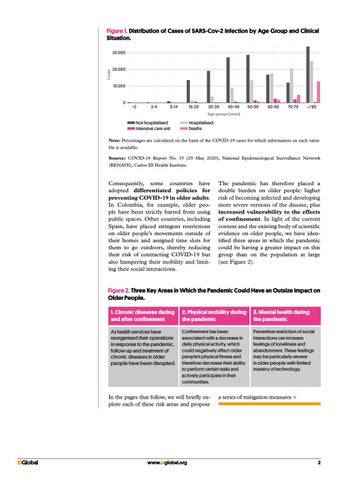Figure 1. Distribution of Cases of SARS-Cov-2 Infection by Age Group and Clinical Situation.
Cases
30.000 20.000 10.000 0
<2
2-4
5-14
15-29
30-39
40-49
50-59
60-69
70-79
>80
Age groups (years)
Not hospitalised Intensive care unit
Hospitalised Deaths
Note: Percentages are calculated on the basis of the COVID-19 cases for which information on each variable is available. Source: COVID-19 Report No. 33 (29 May 2020), National Epidemiological Surveillance Network (RENAVE), Carlos III Health Institute.
Consequently, some countries have adopted differentiated policies for preventing COVID-19 in older adults. In Colombia, for example, older people have been strictly barred from using public spaces. Other countries, including Spain, have placed stringent restrictions on older peopleâ&#x20AC;&#x2122;s movements outside of their homes and assigned time slots for them to go outdoors, thereby reducing their risk of contracting COVID-19 but also hampering their mobility and limiting their social interactions.
The pandemic has therefore placed a double burden on older people: higher risk of becoming infected and developing more severe versions of the disease, plus increased vulnerability to the effects of confinement. In light of the current context and the existing body of scientific evidence on older people, we have identified three areas in which the pandemic could be having a greater impact on this group than on the population at large (see Figure 2).
Figure 2. Three Key Areas in Which the Pandemic Could Have an Outsize Impact on Older People. 1. Chronic diseases during and after confinement
2. Physical mobility during the pandemic
3. Mental health during the pandemic
As health services have reorganised their operations in response to the pandemic, follow-up and treatment of chronic diseases in older people have been disrupted.
Confinement has been associated with a decrease in daily physical activity, which could negatively affect older peopleâ&#x20AC;&#x2122;s physical fitness and therefore decrease their ability to perform certain tasks and actively participate in their communities.
Preventive restriction of social interactions can increase feelings of loneliness and abandonment. These feelings may be particularly severe in older people with limited mastery of technology.
In the pages that follow, we will briefly explore each of these risk areas and propose
www.isglobal.org
a series of mitigation measures
.
2

